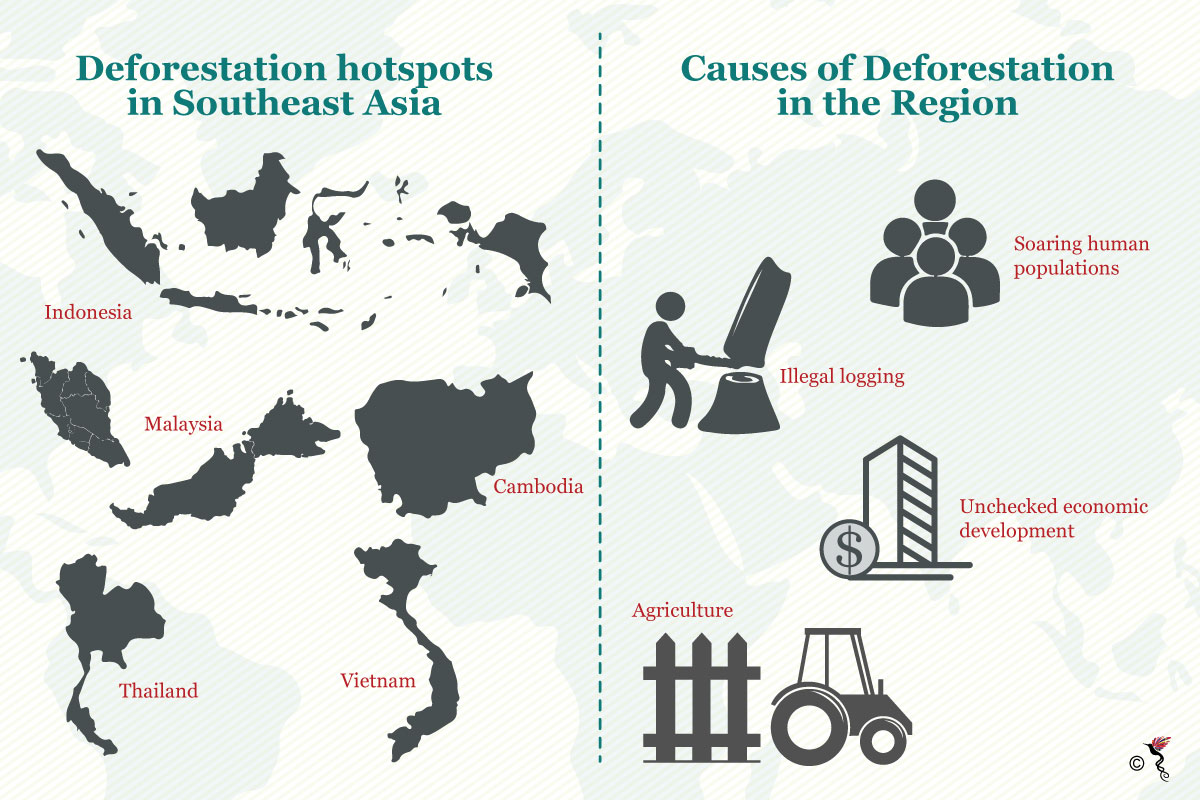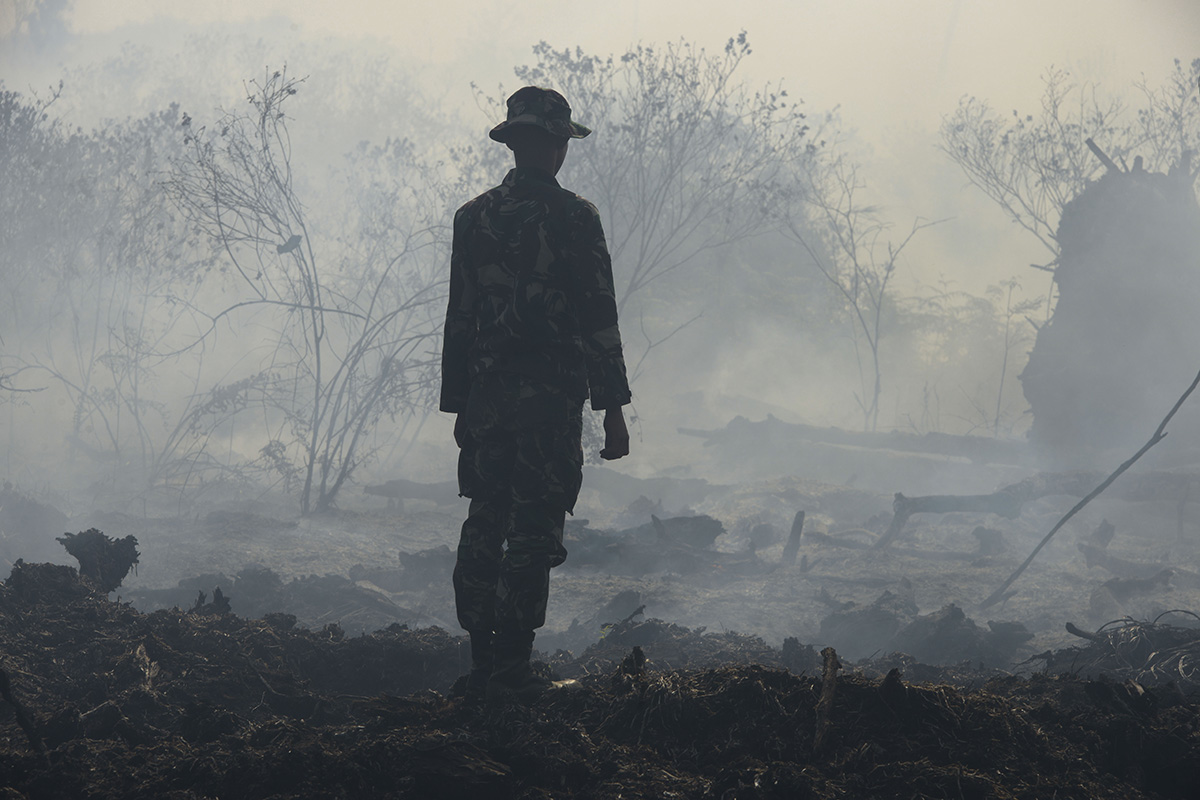The Indonesian government is confident it can halve the number of forest fires in the country by 2019 after unveiling an ambitious plan recently. This will be done through the repair of degraded peat forests.
These fires that are caused by forest clearing for logging and monoculture plantations, have resulted in an annual haze that spreads to neighbouring countries, heavily affecting Singapore and Malaysia where 2015 was recorded the worst haze situation in history.
The problem has gotten worse over the years because of the draining of peat swamps. This then leaves the land to be highly combustible. Tropical peat swamp forests are a unique ecosystem that is most extensive in Southeast Asia, where it is under enormous threat from logging, fire, and land conversion. Recent research has shown this ecosystem's significance as a global carbon store, but its value for biodiversity remains poorly understood.
Indonesia’s new plan was revealed last week by the Coordinating Ministry for the Economy. They aim to tackle the fires via two crucial steps. The first step includes ensuring that the 24,000 square kilometres that is slated to be restored by Indonesia’s peatland restoration agency will not be burned.
The second step incorporates stepping up prevention efforts in 731 villages in Sumatra and Kalimantan which are the two parts most prone to fires.
Benefits of conserving forests
“Deforestation and forest degradation…account for nearly 20 percent of the global greenhouse gas emissions, more than the entire global transportation sector and second only to the energy sector,” the UN REDD programme (United Nations Collaborative Program on Reducing Emissions from Deforestation and Forest Degradation in Developing Countries) reported.
According to new analysis from research and The Nature Conservancy, restoring forests and improving forestry practices could cost-effectively remove 7 billion metric tons of carbon dioxide annually. Avoided deforestation could deliver more than 40 percent of total emissions reductions offered by low-cost solutions.
Indonesia and Brazil being two countries with the most forest cover together contribute more than 50 percent of carbon emissions from tree cover loss across the tropics alone, and thus offer the greatest mitigation opportunity for avoided deforestation.

Major hotspots for deforestation in Southeast Asia and the causes of deforestation in the region.
ASEAN in action
Currently, there is an ASEAN Agreement on the Conservation of Nature and Natural Resources – but it was never formally agreed and enforced. The regional bloc is also now a party to the Convention on Biological Diversity – which means it should agree to a target of at least 17 percent of protected inland areas by 2020. The individual countries in ASEAN have also pledged to establish systems of protected areas.
Apart from that, the members have committed to the SDG (Sustainable Development Goals) and the UN Framework Convention on Climate Change to recognise the importance of forests in mitigating climate change. Some of the countries - Cambodia, Indonesia, Philippines and Vietnam are already REDD+ (Reducing emissions from deforestation and forest degradation and the role of conservation, sustainable management of forests and enhancement of forest carbon stocks in developing countries) partner countries.
According to an e-mail interview with Serina Abdul Rahman, Visiting Fellow of the ISEAS – Yusof Ishak Institute, she stated that “what’s important to consider is how and whether these public commitments and protocol translate into any real action or movement on the ground – especially as economics and national development tends to overcome any inclination to conserve biodiversity for the sake of biodiversity alone.”
As the year has just begun, only time will tell if these efforts such as Indonesia's will come to fruition.
Recommended stories:
